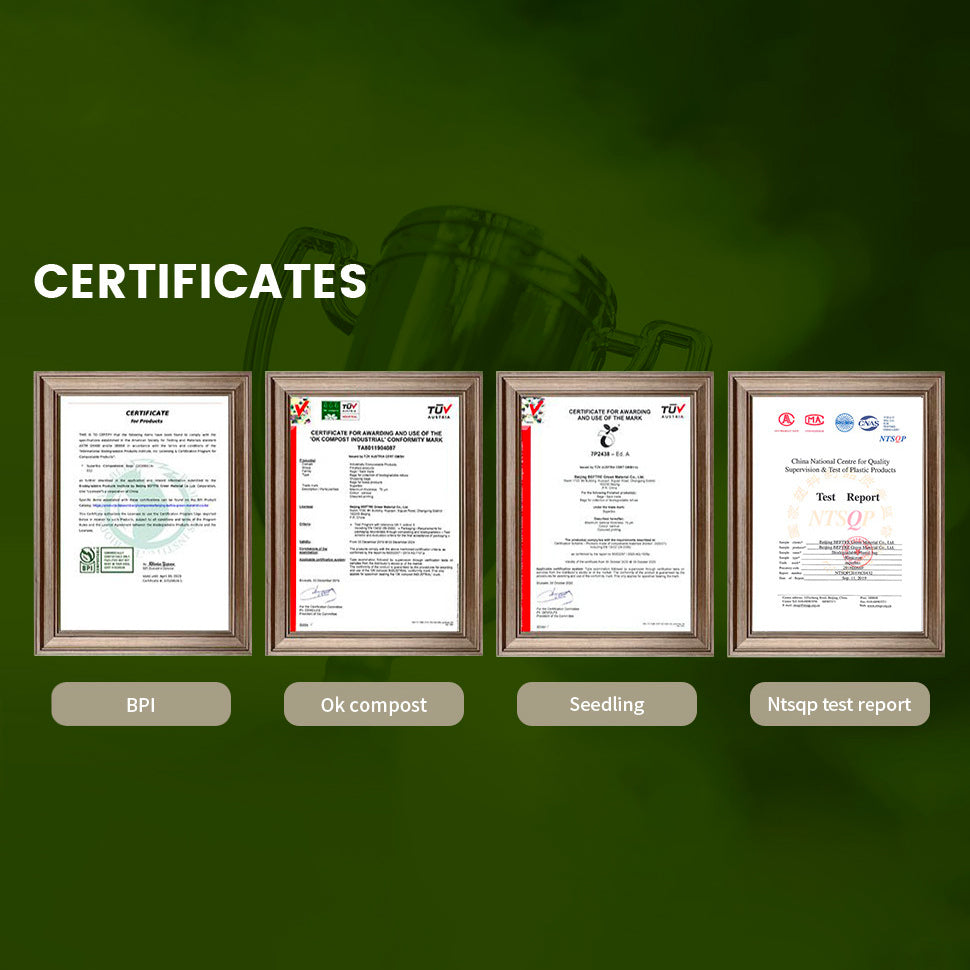Leopard Seals Sing Haunting Songs That Mirror Human Nursery Rhymes
Beneath the Antarctic ice, a solitary voice rings out in the dark. It's not a whale's deep call or a birdlike chirp, but something else entirely—a leopard seal’s haunting song, built with a structure that scientists say resembles the sing-song rhythm of human nursery rhymes.
Each spring, male leopard seals dive into the frigid sea and perform lengthy vocal displays, sometimes lasting up to 13 hours per night. The sounds they produce—trills, hoots, and pulsing tones—are far from melodic, yet surprisingly familiar in their structure. Recent research reveals that these songs are composed with the same kind of repetition and patterning found in children's lullabies like “Twinkle, Twinkle, Little Star” and “Baa, Baa, Black Sheep” Vice reports.
Leopard seals sing underwater solos for up to 13 hours a night.
Patterns That Speak Volumes
The similarity isn’t in sound, but in sequence. As ScienceAlert explains, scientists used entropy analysis to study the randomness—or predictability—of each seal’s song. What they discovered is that leopard seals stick to a defined structure, producing sequences that mirror the same low entropy scores as human nursery rhymes.
Each male uses the same five distinct sounds, like letters of an alphabet, but in a unique order. This combination acts as an acoustic fingerprint—his personal name in song form. Though the tone is eerie and the pitch unusually high for a 300-kilogram predator, the repetition is deliberate. These seals are not improvising; they’re crafting carefully ordered compositions New Atlas notes.

The structure of their songs mirrors human nursery rhymes.
Singing Into the Void
Why would a seal go through the trouble of singing for hours on end? The answer lies in Antarctica’s vast, silent distances. During mating season, male leopard seals are spread thin across the ice. Instead of searching for mates, they sing. Their songs can carry long distances underwater, increasing the chance a female might hear—and remember—their tune.
But it’s not just about volume. Structure matters. The more consistent the song, the more likely it is to break through the icy silence and register with another seal. A clear pattern prevents confusion. Even slight changes in frequency can lead to miscommunication, making predictability a vital feature of seal song Discover Magazine reports.

Their vocalizations include predictable patterns of trills and hoots.
More Than Mating Songs
The implications go beyond animal behavior. According to a study in Scientific Reports, the statistical predictability of these seal songs falls within the same range as nursery rhymes from the 1945 Golden Song Book. That places leopard seal songs in a rare category among mammalian vocalizations—complex, structured, and learned. It suggests a higher level of cognitive ability than previously understood.
It also opens doors for conservation and population tracking. If each seal's song is unique and consistent, researchers could one day monitor individuals acoustically instead of relying on invasive methods. Already, the recordings used in this research date back to the 1990s, when scientists used dye to tag seals and returned at night to capture their solos on tape, Vice reports.
Nature’s Unexpected Rhythms
It’s not the melody that connects leopard seals to us—it’s the math. Their underwater refrains follow familiar rules. Repetition, order, and rhythm work for babies in cribs and for seals beneath Antarctic ice.
As research continues, scientists hope to learn if these vocal patterns evolve over generations, like human language or music. For now, these apex predators of the Southern Ocean sing their own strange lullabies—songs not for soothing, but for survival.






























































































































































































































































































































































